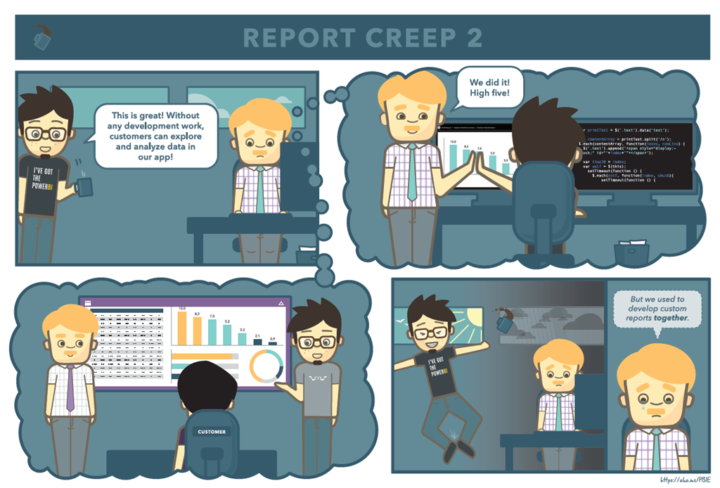Hello.
Before you start this journey, you need to take some points in consideration:
1. Where are you going to take the exam?
The first question is answered easily. Training is available directly from ServiceNow Education Services or through ServiceNow Authorized Training Partners. I purchased the certification through the website http://www.webassessor.com/servicenow and I selected on site, Rumos at Lisbon, Portugal. As alternative, you have Online Proctored which is online using a webcam and empty room. As I’m afraid that’s something goes wrong, I preferred In Site option. So far so good.
2. When are you planning to take the exam?
The second question is tricky. It all depends on the amount of experience you have in this type of tool and your learning ability. Mark only the exam when you have experience as developer and user. The exam is 70% experience + 30% tricky questions from the official book. Schedule with a 2 weeks margin to give time to mentally be prepared.
3. How much experience you have?
It is advisable that you have at least 6 months of development experience in ServiceNow.
4. How many hours can I devote daily and what to study?
Although you feel that you have mastered this already, you have to spend a considering amount of time daily to mistake in order to get it right.
5. Test, fail and try again
Search for sample tests, chapters questions existing in books. Evaluate yourself regularly, try to know where your faults are and correct them. Search your why!
The following books covers the last servicenow versions:
- Mastering ServiceNow 1 – revised for the Eureka version, release date May/2015
- Mastering ServiceNow 2 – revised for the Helsinki version, release date November/2016
- ServiceNow Integrations Basics Wiki Book (*)
Probably a bit outdated and shabby but thats what it is.
Thank you,
Rafael






